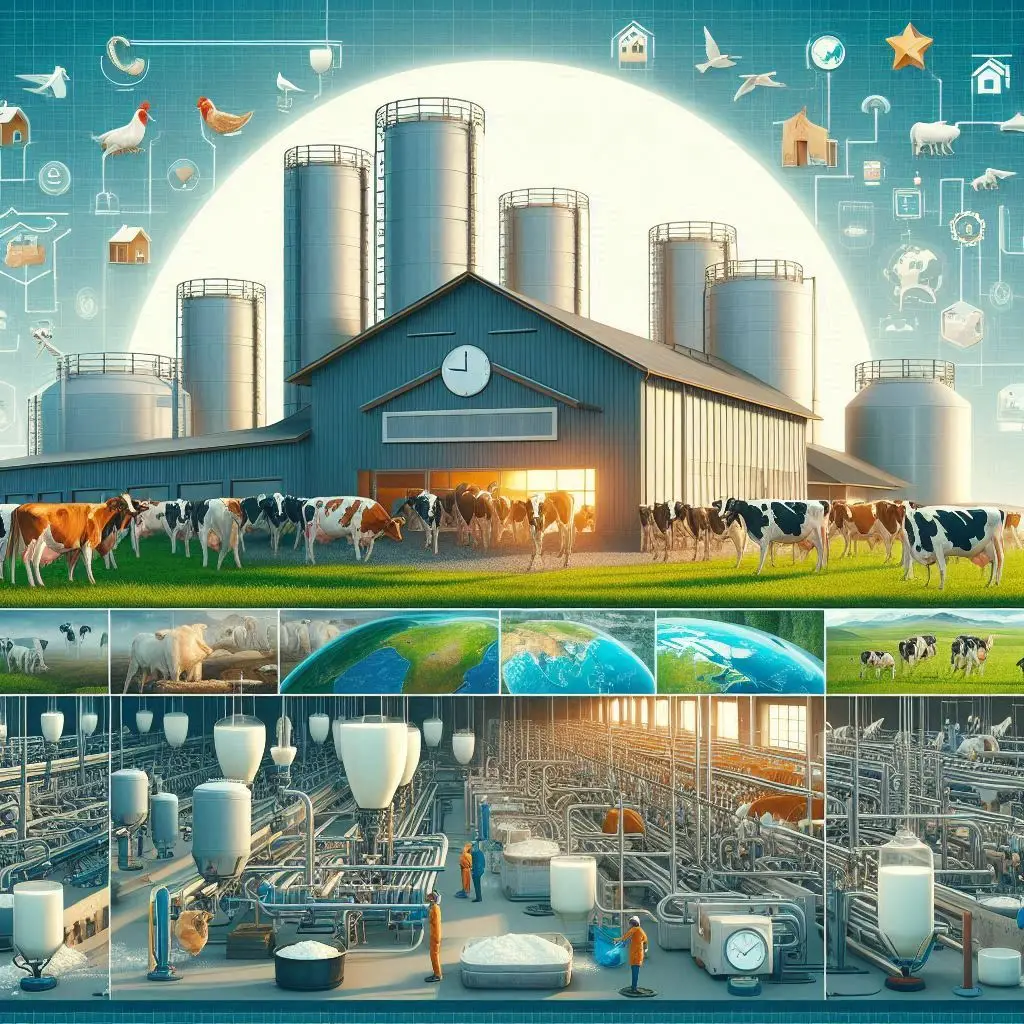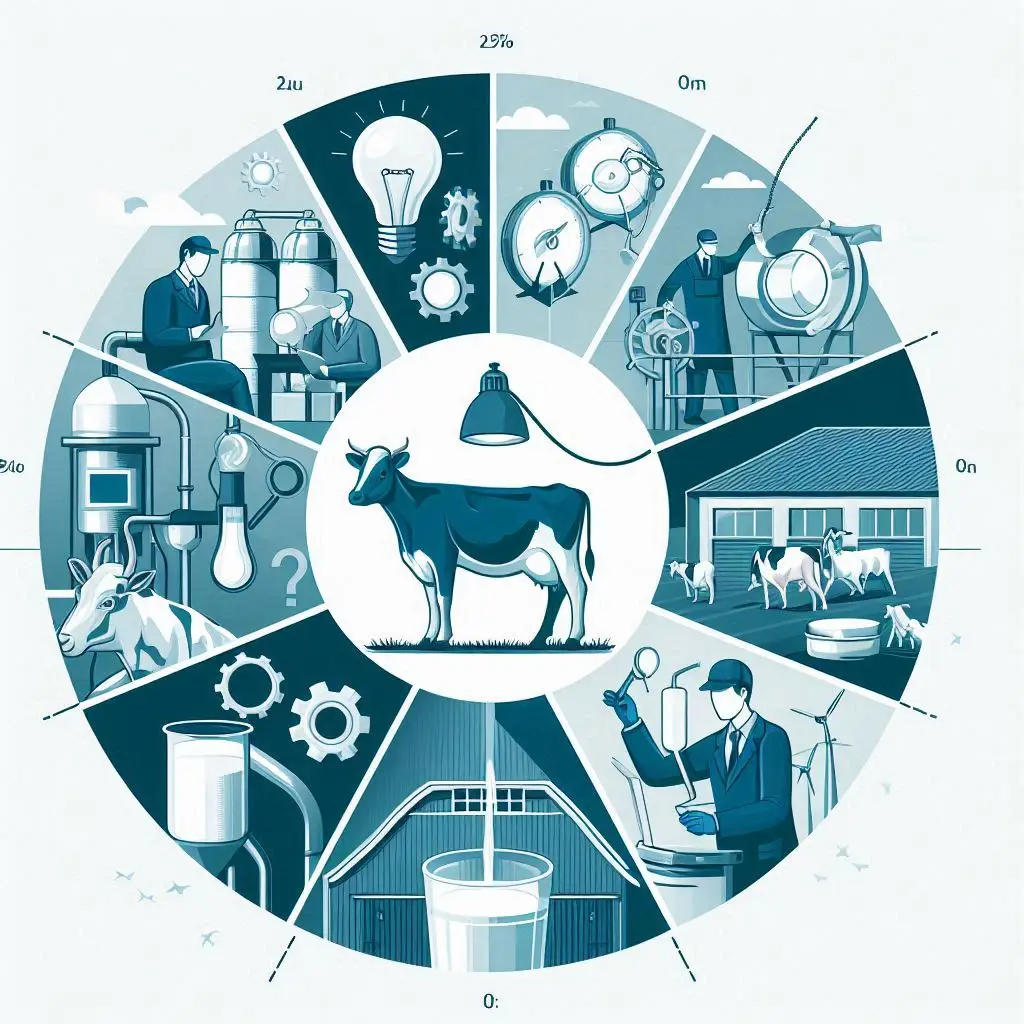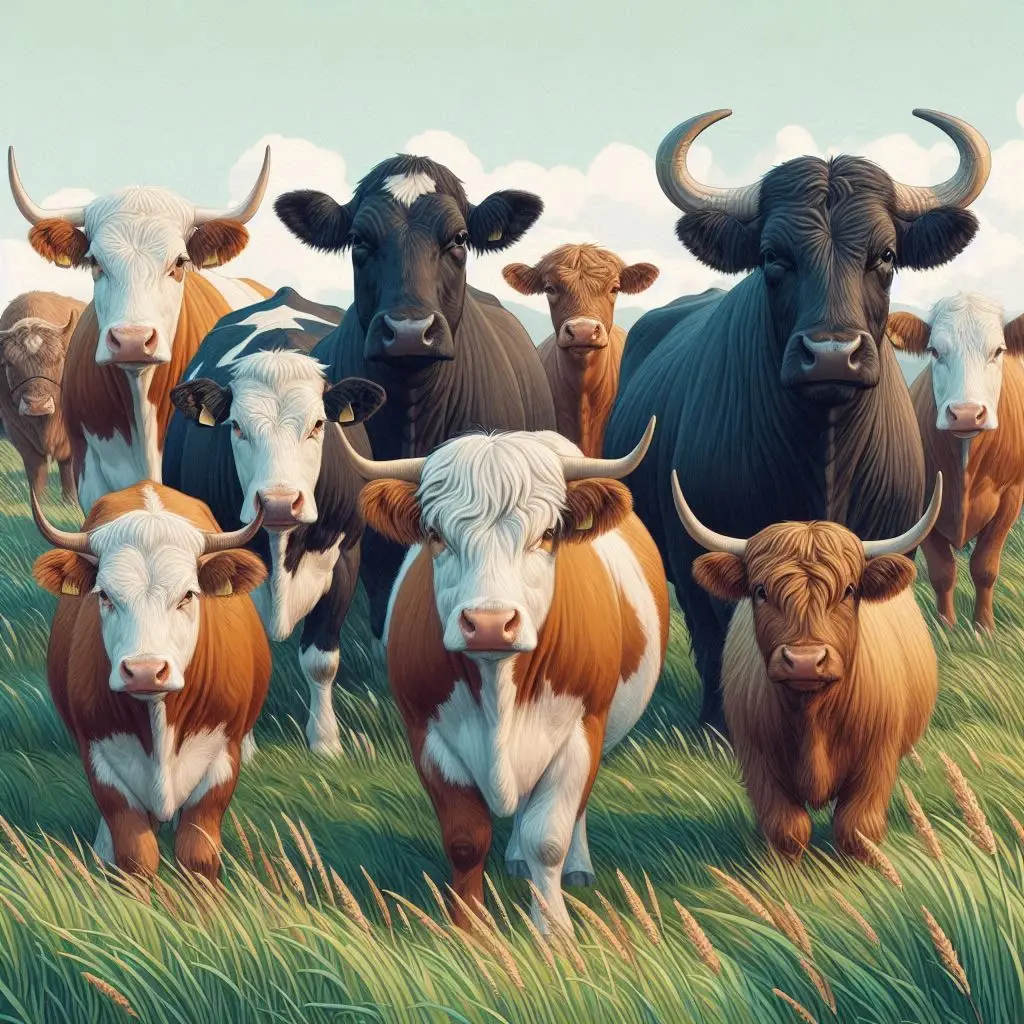National Livestock Mission (NLM)

The National Livestock Mission (NLM) is a vital initiative launched by the Government of India in 2014. Its goal is to foster sustainable growth in the livestock sector. The mission aims to enhance productivity, promote entrepreneurship, and ensure food security. It focuses on increasing production of meat, milk, eggs, and wool.In 2021, the NLM was realigned to meet the evolving needs of the sector. This update aligns with the government’s broader development agenda. The revised scheme emphasizes employment generation, entrepreneurship development, and improved per-animal productivity.
Objectives of the National Livestock Mission
The National Livestock Mission has several key objectives:
- Employment Generation: The mission promotes entrepreneurship in sectors such as poultry, small ruminants, and piggery. This creates job opportunities for many.
- Productivity Improvement: It aims to increase per-animal productivity through better breed management and improved practices.
- Production Enhancement: The NLM targets higher production levels of meat, milk, eggs, and wool. This helps meet domestic demand and boosts export potential.
- Fodder Availability: The mission strengthens the fodder seed supply chain. It also encourages the establishment of fodder processing units to reduce the demand-supply gap.
- Risk Management: The initiative promotes livestock insurance. This helps mitigate risks for farmers and secures their investments.
- Research and Development: The NLM supports applied research in poultry, sheep, goat, feed, and fodder. This drives innovation and progress in the sector.
Sub-Missions under the National Livestock Mission
The National Livestock Mission comprises three sub-missions:
- Sub-mission on Breed Development of Livestock and Poultry: This focuses on entrepreneurship development and breed improvement. It provides incentives to individuals, Farmer Producer Organizations (FPOs), and Self-Help Groups (SHGs).
- Sub-mission on Feed and Fodder Development: This aims to strengthen the fodder seed supply chain. It also improves the availability of certified fodder seeds.
- Sub-mission on Innovation and Extension: This sub-mission incentivizes institutes and organizations that conduct research and extension activities. It also supports livestock insurance and innovative projects.
Implementation Framework and Funding
The National Livestock Mission is implemented across India. An Empowered Committee, chaired by the Secretary of the Department of Animal Husbandry and Dairying, oversees it. The committee ensures effective execution of the mission.The NLM receives funding through a mix of central and state funds. Certain activities qualify for 100% central assistance. The funding is channeled through State Implementing Agencies (SIAs) and State Livestock Development Boards (SLDBs).
Impact and Achievements
Since its inception, the National Livestock Mission has made significant progress. Here are some key achievements:
- Increased Productivity: The mission’s focus on breed improvement and better management practices has led to higher per-animal productivity.
- Entrepreneurship Development: The scheme has successfully promoted entrepreneurship in sectors like poultry and small ruminants. This has created job opportunities and boosted the rural economy.
- Fodder Availability: Strengthening the fodder seed supply chain has improved the availability of quality fodder. This reduces the demand-supply gap significantly.
- Risk Mitigation: Promoting livestock insurance has helped farmers manage risks. This secures their investments in the sector.
- Research and Innovation: The mission’s support for applied research has driven progress. Innovative projects have enhanced the livestock sector.
Challenges Facing the National Livestock Mission
Despite its achievements, the National Livestock Mission faces challenges:
- Awareness and Training: Many farmers lack awareness of the mission’s benefits. Additionally, training programs need to reach more farmers to ensure effective implementation.
- Infrastructure Development: The infrastructure for livestock management is often inadequate. Improving facilities for breeding, feeding, and healthcare is essential.
- Market Access: Farmers sometimes struggle to access markets for their products. Better market linkages can help them sell their produce at fair prices.
- Climate Change: Climate change poses a significant threat to livestock farming. Adapting to changing weather patterns is crucial for sustainability.
- Financial Support: Access to credit remains a challenge for many farmers. Financial institutions need to provide better support for livestock-related ventures.
Conclusion
The National Livestock Mission is a transformative scheme. It has the potential to revolutionize India’s animal husbandry sector. By focusing on productivity improvement, entrepreneurship development, and risk management, the mission aims to enhance the livelihoods of millions of farmers. Moreover, it plays a crucial role in ensuring food security for the nation.
For more pearls of Vets Wisdom:
https://wiseias.com/partitioning-of-food-energy-within-animals/






Responses